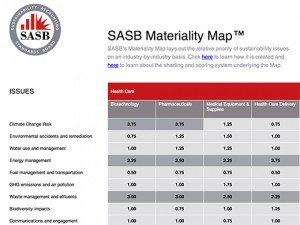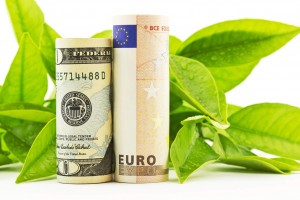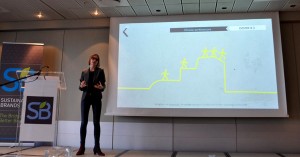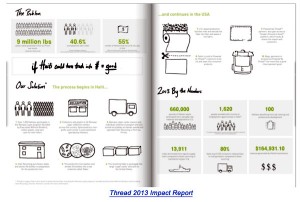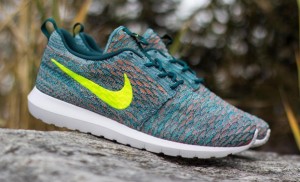Here’s my translated english version of the article on Sing Tao Weekly that came out on November 18, 2017. Enjoy 🙂
//
The Extraordinary Hong Kong Experience
In addition to tasting exquisite dishes from Hong Kong’s top Michelin-star restaurants, there is also the opportunity to meet with chefs behind the scenes and watch them create every meal from cradle to grave. Emma Choo, also known as Vancouver Foodie on Instagram, got to do just that. Her Instagram account caters to over 37,000 followers in the Vancouver food scene on Instagram. At the beginning of the year, the Chinese Restaurant Awards and Hong Kong Tourism Board partnered up with #TasteHKG to host an online competition between six Canadian social media influencers on Instagram, which concluded with over 2,000 votes for the winner of this once-in-a-lifetime experience.
The Opportunity
Like many young graduates, Emma, who just recently graduated in the summer from the University of British Columbia (UBC) with a Bachelor of Arts degree in Sociology with a minor in law and society, looks to the future with a hope for new opportunities and endless possibilities. The #TasteHKG tour was exactly the opportunity and possibility that she was looking for. Her food adventures all began in 2013, initially only recording her favourite food moments through Instagram posts. Over time, she realized that more and more people from both inside and outside of her social circle started to like, comment, and share her food posts on Instagram, which eventually led to a new level of engagement and interaction with her followers. In just four years, Emma found her voice as a social media influencer on Instagram and her unique touch and style on her content, which helped establish Vancouver Foodie as a distinct food experience for the everyday viewer.
It was really a dream come true. During the two-week adventure, Emma visited multiple Hong Kong Michelin Star-rated Chinese and Western restaurants – one of the most memorable experiences being her visit to Chef Lee Man Sing’s restaurant, Mott 32. During her visit, Emma personally interviewed Chef Lee. She watched him cook his famous dish in the kitchen patiently and meticulously and saw that each of the junior cooks had such a deep posture of admiration towards his modest character and personality. A true chef is one that has both a mastery over the art of cooking and a character that is widely respected and admired by the people.
Meeting With Hong Kong Michelin-Star Chefs
“Each of them are top chefs in the food industry, and I never imagined that I would have the opportunity to meet them. In fact, I was really nervous after I became the social media ambassador to Hong Kong. But after all, it was a very rare opportunity and I told myself to live and enjoy each moment fully. I was very excited to meet these Michelin-star chefs and I definitely had a taste of some of the finest Chinese cuisine in Hong Kong. Every chef’s passion and drive for culinary creations went beyond traditional limits and completely surpassed my original understanding of Chinese cuisine.” – Emma
Hong Kong is absolutely rich with Chinese cuisine, innovative chefs, and world-class cooking. The downside of the Hong Kong food scene is that the rent is so high that many restaurants have to downsize, serve smaller portions, and resort to ordering ingredients manufactured in factories rather than making them in-house as per tradition. Otherwise, Hong Kong does not disappoint when it comes to offering the best Chinese comfort food and elevated Chinese cuisine.
The Big Dream
Emma grew up watching Guy Fieri from “Diners, Drive-Ins, and Dives” on the Food Network channel with aspirations to host her own food show one day. With this at the back of her mind and having recently gone on the #TasteHKG tour, she took the initiative to start a YouTube channel as a new way to express her voice and document her food travel adventures in hopes of further exciting peoples’ curiosities of food.
What’s Next?
Emma, who just graduated from UBC’s Sociology program, is looking to pursue her passion for social justice in a non-traditional way as she realized that the 9-to-5 lifestyle was not for her. Taking a break after graduation from university, she decided to devote the rest of this year to working on expanding and taking Vancouver Foodie to the next level. In addition to producing her food travel videos on YouTube, she also hopes to collaborate with more friends and other social media influencers in Vancouver and in other cities to bring newer perspectives to her collection of food adventures.







